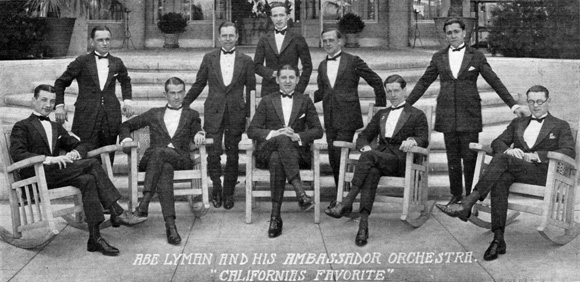
Accordiana
Encyclopedia

Accordiana was a musical radio series which was heard on CBS in 1934, airing at 8:30pm on Tuesday evenings.
The 30-minute program featured soprano
Soprano
A soprano is a voice type with a vocal range from approximately middle C to "high A" in choral music, or to "soprano C" or higher in operatic music. In four-part chorale style harmony, the soprano takes the highest part, which usually encompasses the melody...
Vivienne Segal
Vivienne Segal
Vivienne Sonia Segal was an American actress and singer.Segal was born in Philadelphia, Pennsylvania. She is best remembered for creating the role of Vera Simpson in Richard Rodgers and Lorenz Hart's Pal Joey and introduced the song "Bewitched, Bothered and Bewildered"...
and tenor
Tenor
The tenor is a type of male singing voice and is the highest male voice within the modal register. The typical tenor voice lies between C3, the C one octave below middle C, to the A above middle C in choral music, and up to high C in solo work. The low extreme for tenors is roughly B2...
Oliver Smith.
They were accompanied by the Abe Lyman Orchestra
Abe Lyman
Abe Lyman was a popular bandleader from the 1920s to the 1940s. He made recordings, appeared in films and provided the music for numerous radio shows, including Your Hit Parade....
, and the show was sometimes given in newspaper radio listings as Abe Lyman's Accordiana. Peter Dixon, in his syndicated column "Inside the Studios," reported in 1934 that Lyman directed his orchestra from the control booth instead of standing in front of the musicians.
The orchestra of Seymour Simon was also heard on Accordiana. Different orchestras were heard across the country in the same timeslots, as indicated by this July 17, 1934 entry in a newspaper radio listing:
- Today's Radio Programs: 6:30—7:30 — Abe Lyman's Accordiana basic; Seymour Simon, Orch. — midwest, Milton Kellem, Orch.— Dixie
Lyman's orchestra and Segal were both on many other CBS radio programs during the 1930s, and Lyman later settled in as the regular orchestra heard during the 1930s and 1940s on Waltz Time, a program of traditional music.

